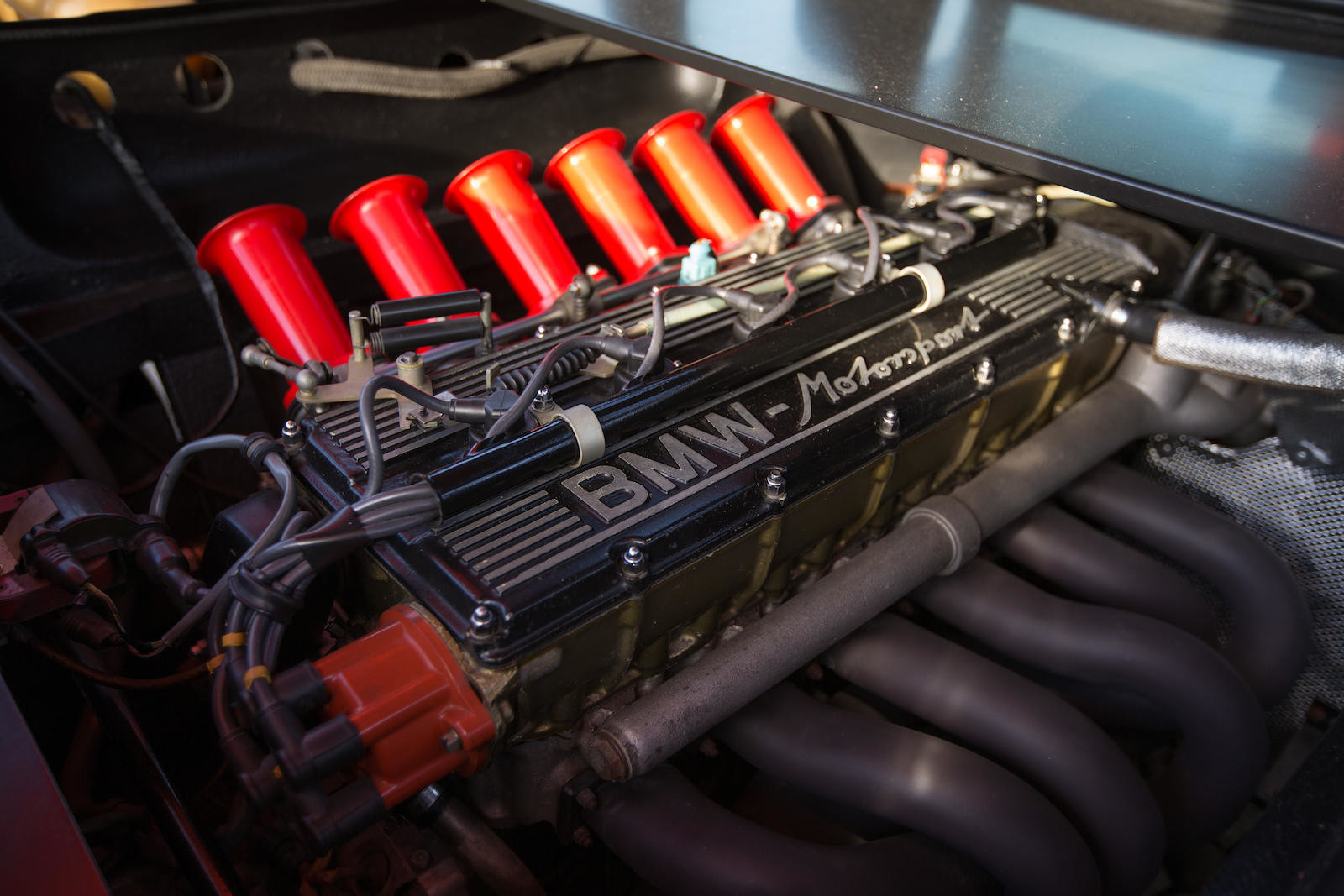Preserving timeless beauty
Classic cars possess a timeless charm that captivates enthusiasts worldwide. However, occasionally, circumstances may arise that require putting your beloved vintage vehicle into long-term storage. Whether it’s due to seasonal changes, a restoration project, or a temporary relocation, proper preparation is vital to ensure your classic car remains in pristine condition during its period of hibernation. In this article, we will guide you through the essential steps to prepare your classic car for long-term storage, safeguarding its beauty and value.

A timeless beauty
Step 1: Find the Ideal Storage Location
Choosing the right storage location is crucial to safeguarding your classic car. Look for a facility that offers a clean, dry, and well-ventilated environment, preferably with a controlled climate and minimal exposure to sunlight. A humidity-controlled environment may be worth a premium as it will help prevent rust formation and minimize the risk of moisture damage.
Step 2: Clean Thoroughly
Before storing your classic car, it’s essential to give it a thorough cleaning. Remove any dirt, grime, or debris from both the exterior and interior. Ensure that all areas, including the undercarriage, wheel wells, and engine bay, are clean and dry. Apply a protective wax or sealant to the exterior to guard against moisture and oxidation.

Clean thoroughly
Step 3: Fluid Maintenance
Fluids play a vital role in the proper functioning of your classic car. Begin by changing the oil and oil filter, as old oil may contain contaminants that could cause corrosion or engine damage over time. Top up other fluids such as coolant, brake fluid, transmission fluid, and power steering fluid to their recommended levels. Consider using fuels and oils that are specifically formulated for vehicles in storage as these are less likely to absorb moisture from the environment or deteriorate over time.
Step 4: Protect the Engine
For extended storage periods, it is advisable to take extra precautions to protect the engine. If the vehicle is unlikely to be started for a long period of time it’s advisable to remove the spark plugs and pour a small amount of lightweight oil into each cylinder. Crank the engine gently to distribute the oil and then reinstall the spark plugs. This process helps lubricate the cylinder walls and prevent corrosion. Alternatively, you can schedule regular dates to start the ensure and warm it through, allowing the oil to fully penetrate the engine bearings. Additionally, ensure that the air filter is clean and intact.

Step 5: Battery Maintenance
To prevent the battery from draining or sustaining damage during storage, it is best to connect a battery conditioner. A good quality conditioner will constantly monitor the state of the battery and cycle through charging periods intelligently.
Step 6: Tyre Care
Improper tire care can lead to flat spots or sidewall damage during long-term storage. Inflate the tires to 50% above recommended pressure and consider using jack stands to alleviate pressure and prevent flat spots. If possible, slightly move the car every few months to change the pressure points on the tires.

Step 7: Covering and Security
Invest in a breathable, quality car cover that fits your classic car snugly. This will shield the vehicle from dust, moisture, and potential scratches. Avoid using plastic or vinyl covers that can trap moisture and cause mold or mildew. Additionally, install security measures such as an alarm system or steering wheel lock to deter potential thieves and protect your valuable classic car.
Conclusion:
Properly preparing your classic car for long-term storage is a responsibility that comes with the privilege of owning such a timeless beauty. By following the steps outlined in this guide, you can ensure that your cherished vehicle remains in optimal condition during its hibernation period. Remember, the key is to find a suitable storage location, clean and maintain fluids, protect the engine.
